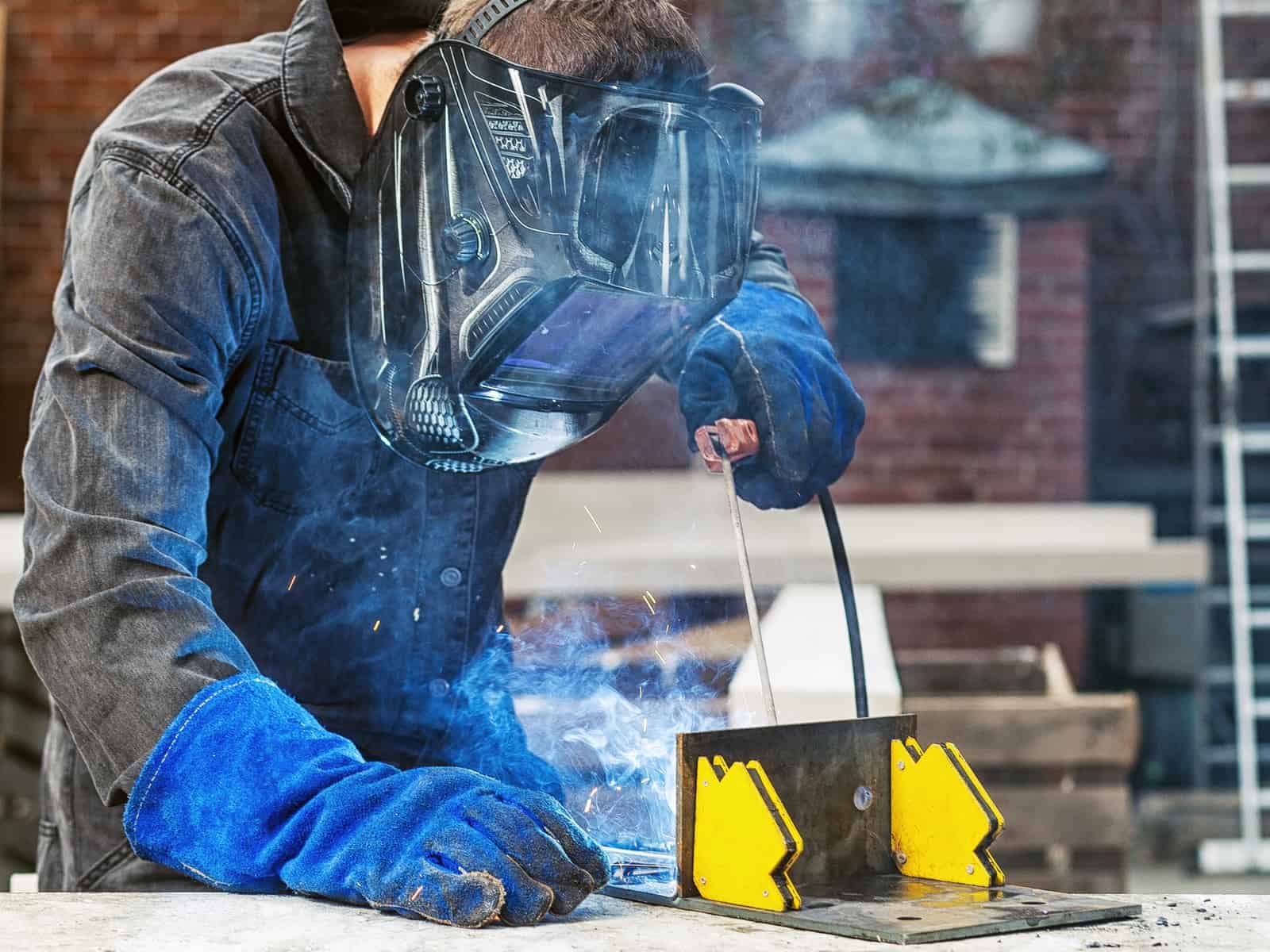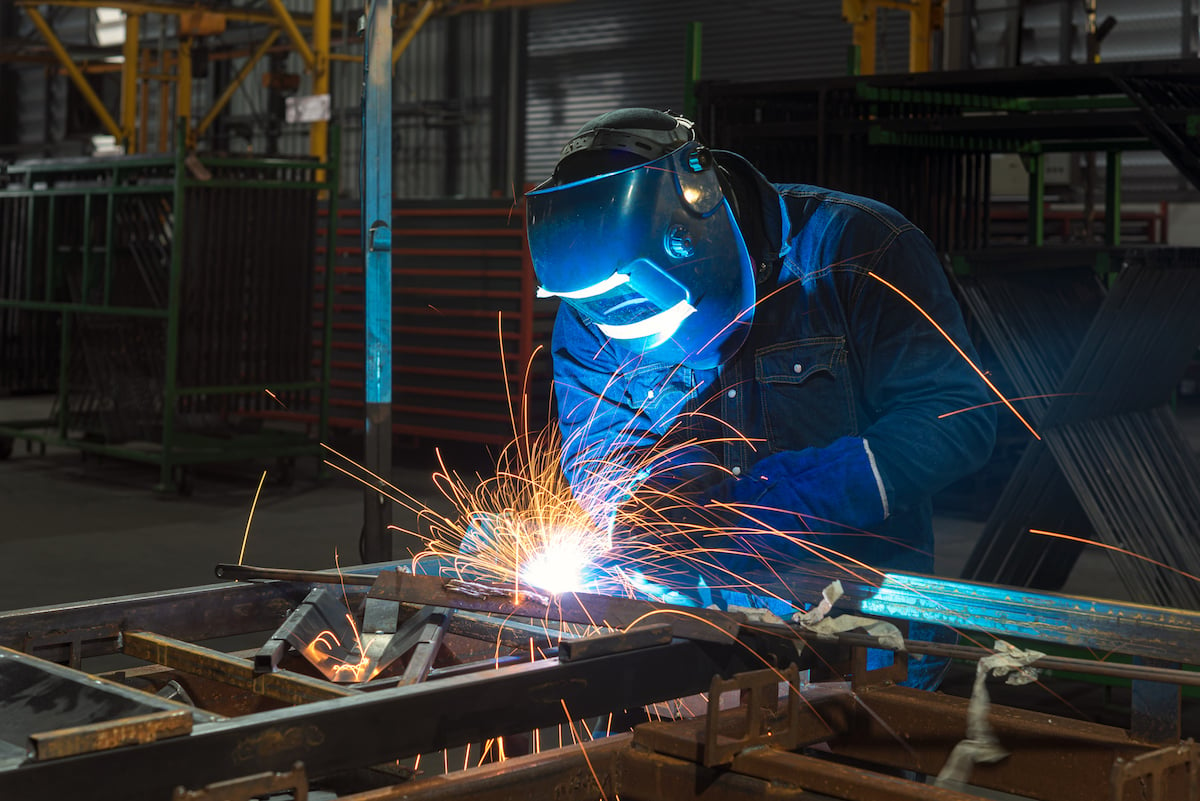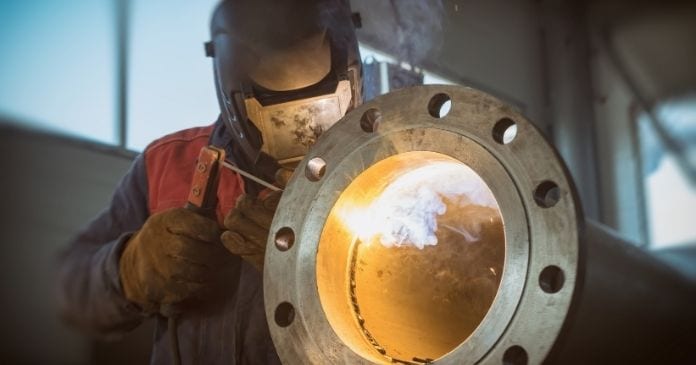Common Welding Repair Service Issues and Exactly How to Address Them Successfully
Welding repair work typically experience a range of problems that can threaten the integrity of the last product. Common issues consist of poor penetration, porosity, and imbalance, to name a few. Each flaw offers unique difficulties that need particular approaches for resolution. Recognizing these concerns is important for welders intending to boost their abilities and outcomes. This discussion will explore these usual welding repair service issues and reliable methods to address them.
Poor Penetration
Poor penetration takes place when the weld metal fails to totally fuse with the base product, leading to weak joints and potential architectural failures. This problem commonly stems from not enough warm input, inaccurate electrode angle, or improper welding rate. Welders might come across poor penetration due to a mistake of the necessary parameters for a certain material thickness or type. Additionally, contamination on the base material's surface can hinder reliable bonding, exacerbating the problem. To resolve inadequate penetration, welders must ensure appropriate setups on their devices and maintain a clean job surface area. Normal evaluation of welds is suggested to determine any kind of deficiencies early, permitting prompt adjustments and the prevention of endangered structural honesty in bonded settings up.
Porosity
Porosity is an usual defect in welded joints that shows up as tiny gas bubbles trapped within the weld metal. This issue can endanger the honesty of the weld, leading to reduced stamina and possible failing under stress. Montana Mobile Welding and Repair. Porosity normally occurs from contamination, dampness, or incorrect welding strategies, which permit gases to escape into the molten weld pool. To attend to porosity, welders must guarantee correct surface prep work, keep a clean working setting, and use ideal welding specifications. Additionally, selecting the best filler product and protecting gas can minimize gas entrapment. Regular evaluation and screening of welds can aid determine porosity early, ensuring timely restorative activities are taken, consequently protecting the high quality and dependability of the welded framework
Imbalance
Misalignment in welding can emerge from various variables, including inappropriate configuration and thermal growth. Understanding the origin is crucial for efficient resolution. Numerous adjustment methods are offered to realign elements and guarantee structural honesty.
Root causes of Misalignment
Welding misalignment typically originates from a range of underlying issues that can jeopardize structural integrity. One main cause is improper fit-up of elements before welding, which can cause gaps and uneven surfaces. Variants in thermal growth during the welding process can likewise cause distortion, particularly if the materials being joined have different coefficients of development. In addition, poor clamping and fixturing may fall short to hold parts firmly in location, bring about activity during welding. Improperly conserved equipment, consisting of welding devices and tools, might present inconsistencies in the weld grain, additional adding to imbalance. Operator error, stemming from insufficient training or experience, can additionally play a substantial duty in creating misaligned welds.

Improvement Techniques Readily Available
Attending to imbalance successfully requires a combination of corrective methods customized to the certain issues handy. One typical approach is the usage of jigs or components to hold parts in the appropriate setting throughout welding, making certain constant placement. Furthermore, preheating the products can assist lower distortion and boost fit-up. For considerable imbalance, mechanical realignment strategies, such as using hydraulic jacks or clamps, can be employed to correct the placement prior to welding. Post-weld warmth therapy might likewise be needed to soothe stress and anxieties triggered by misalignment. Lastly, cautious examination and modification throughout the setup stage can protect against misalignment problems from becoming considerable troubles, promoting a smoother welding process and enhancing overall architectural integrity.
Distortion
Distortion is a common difficulty in welding that can develop from numerous elements, including unequal cooling and heating. Understanding the reasons for distortion is essential for implementing reliable avoidance methods. Resolving this issue not just boosts architectural integrity but additionally enhances the total quality of the weld.
Reasons for Distortion
When based on the extreme heat of welding, products often go through modifications that can cause distortion. This sensation mostly develops from thermal development and contraction during the welding procedure. As the weld location warms up, the material expands; upon cooling, it acquires, which can produce internal stress and anxieties. In enhancement, uneven home heating across a work surface can aggravate these stress and anxieties, leading to warping or bending. The type of material also plays a considerable duty; metals with varying thermal conductivity and coefficients of expansion might respond in different ways, leading to uncertain distortions. Additionally, poor joint style and poor fixturing can contribute to imbalance throughout welding, increasing the likelihood of distortion. Understanding these reasons is important for reliable welding repair and prevention techniques.
Prevention Techniques
Effective avoidance methods for distortion during welding concentrate on controlling heat input and making sure proper joint style. Maintaining a constant warm input assists to decrease thermal growth and contraction, which can bring about distortion. Utilizing techniques such as pre-heating the workpiece can likewise reduce the temperature slope, promoting consistent heating. In addition, picking appropriate joint layouts, such as T-joints or lap joints, can boost stability and minimize stress and anxiety focus. Carrying out correct fixturing to secure the workpieces in position better help in maintaining placement throughout the welding procedure. Staggered welding sequences can disperse warmth a lot more uniformly, preventing localized distortion. By applying these techniques, welders can considerably lower the chance of distortion and boost the overall high quality of their welds.
Cracking
Breaking pop over here is an usual concern encountered in welding fixings, frequently arising from numerous variables such as improper air conditioning rates, material choice, or inadequate joint preparation. The occurrence of splits can greatly compromise the honesty of the weld, resulting in potential failings throughout procedure. To address this issue, welders must initially examine the origin, making sure that materials are suitable and properly chosen for the particular application. Additionally, regulating the cooling price throughout the welding procedure is vital; rapid cooling can induce stress and anxiety and lead to cracking. Correct joint style and prep work additionally contribute to reducing the risk. Executing these strategies can enhance weld high quality and durability, inevitably lowering the chance of cracking in ended up weldments.

Insufficient Fusion
A significant problem in welding repair work is incomplete combination, which takes place when the weld metal does not sufficiently bond with the base material or previous weld passes - Montana Mobile Welding and Repair Welding. This defect can lead to weaknesses in the joint, potentially compromising the integrity of the welded framework. Elements adding to incomplete fusion consist of inadequate warm input, improper welding method, and contamination of the surface areas being joined. To address this problem efficiently, welders must ensure proper pre-weld cleansing and surface area prep work, along with adjust their welding criteria to achieve sufficient penetration and combination. Normal examination throughout the welding procedure can likewise assist identify incomplete blend early, enabling prompt rehabilitative procedures to enhance the overall high quality of the weld
Overheating
While welding repair work can enhance structural stability, overheating offers a substantial difficulty that can bring about material deterioration. Excessive warm throughout welding can alter the mechanical residential or commercial properties of metals, resulting in reduced toughness, raised brittleness, and warping. This phenomenon is especially crucial in high-stress applications where architectural dependability is critical. Recognizing getting too hot can entail aesthetic assessments for discoloration or distortion, along with checking temperature during the welding process. To reduce the dangers connected with overheating, welders ought to use ideal techniques, such as regulating warmth input, readjusting traveling speed, and using appropriate filler materials. Furthermore, implementing pre- and post-weld warmth therapies can assist restore product homes and improve the general quality of the repair service, making sure long-lasting performance and safety and security.
Often Asked Inquiries
What Are the Common Indicators of a Welding Issue?

Exactly How Can I Examine My Welds for High quality?
To evaluate welds for high quality, one can use aesthetic examinations, ultrasonic testing, and radiographic approaches. Each strategy assures structural stability, recognizes flaws, and verifies adherence to defined requirements, ultimately boosting the reliability of the bonded joints.
What Safety and security Preventative Measures Should I Take While Welding?
When welding, one should focus on safety and security by wearing appropriate personal protective equipment, guaranteeing correct air flow, securing combustible materials away, preserving a tidy work space, and recognizing surroundings to avoid injuries click to read more and mishaps.
Can I Fix a Weld Without Renovating the Entire Joint?
Repairing a weld without renovating the entire joint is possible, depending on the damage (Montana Mobile Welding and Repair Belgrade). Techniques such as grinding, adding filler material, or utilizing a welding procedure can properly resolve particular defects while preserving the bordering framework
What Devices Are Vital for Reliable Welding Repairs?
Vital tools for reliable welding repair services include a welding machine, wire brush, mill, protective equipment, clamps, and filler products. Each tool plays an essential duty in guaranteeing high quality and safety and security during the repair service procedure. Porosity generally emerges from contamination, moisture, or inappropriate welding techniques, which allow gases to get away right into the liquified weld swimming pool. Inadequately conserved equipment, including welding makers and tools, may present incongruities in the weld bead, more contributing to imbalance. When subjected to the extreme warm of welding, products commonly undertake modifications that can lead to distortion. Fracturing is an usual concern run into in welding repair work, typically resulting from numerous factors such as improper air conditioning prices, material selection, or poor joint preparation. A considerable issue in welding fixings is insufficient blend, which takes place when the weld steel does not adequately bond with the base product or previous weld passes.